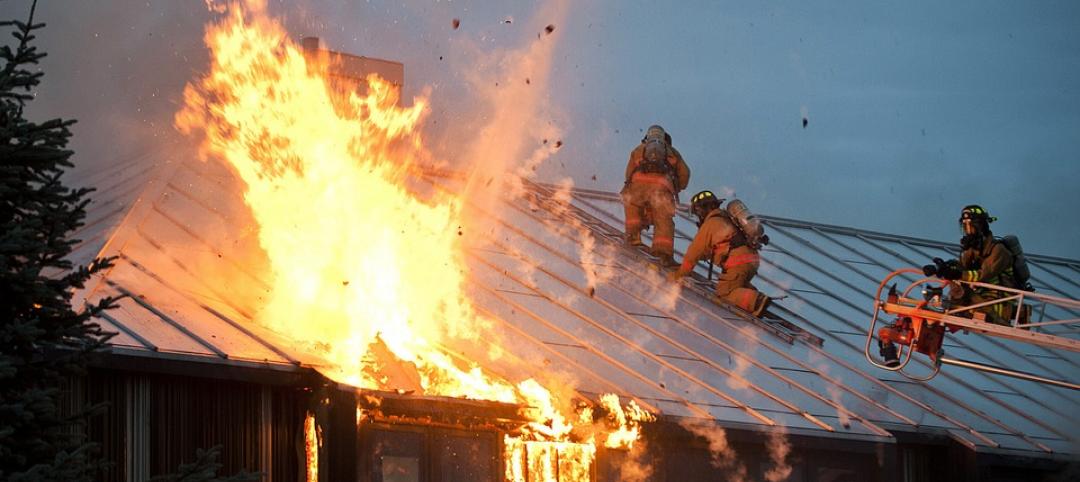A new approach to energy efficiency uses high tech tools to make many small adjustments rather than more costly tactics such as replacing big ticket items like windows and cooling equipment.
Startups including Carbon Lighthouse and Redaptive are using data collection and machine learning to make a building’s mechanical and electrical infrastructure use power more efficiently. Carbon Lighthouse has helped Tesla cut electricity use at the electric vehicle maker's headquarters by using sensors, data collection, software algorithms, and technical analysis.
Carbon Lighthouse engineers focused on two large cooling towers, two chillers, and some pumps at Tesla headquarters. They found an error in how two systems were communicating with each other.
They then figured out a way to run the three systems using less energy but producing the same amount of cooling. Commercial properties account for about one-third of U.S. power consumption, so reducing their usage—even in relatively small ways—on a large scale could significantly cut the nation’s power usage and carbon footprint.
Related Stories
Codes and Standards | Jul 24, 2019
New York making slow progress on resiliency seven years after Hurricane Sandy
Property owners face many challenges; coastal defense project plans are complex and need more time to plan.
Codes and Standards | Jul 23, 2019
Berkeley, Calif. passes nation’s first ordinance to make new buildings all-electric
No gas hook-ups will be allowed in new houses, apartments, and commercial buildings.
Codes and Standards | Jul 22, 2019
San Francisco office building is city’s first structure certified by BREEAM USA for existing buildings
The Landmark @ One Market is one of San Francisco’s most architecturally distinctive buildings.
Codes and Standards | Jul 16, 2019
ASCE seeks comments on update to Calculation Methods for Structural Fire Protection standard
Pertains to fire resistance rating times.
Codes and Standards | Jul 15, 2019
USGBC calls for proposals for feedback, concepts for next LEED version
The move follows successful public input on LEED 4.1.
AEC Tech | Jul 15, 2019
Lack of standards hampers development of exoskeleton industry
Guidelines, common terminology, and testing methodology are needed, says expert.
Concrete | Jul 8, 2019
Concrete repair code requirements released
American Concrete Institute offers guidance on assessment, repair, rehab of existing concrete structures.
K-12 Schools | Jul 8, 2019
Collaborative for High Performance Schools releases 2019 Core Criteria Version 3.0 Update
The update adds credits to lower carbon footprints and to promote climate change resiliency.
Wood | Jul 8, 2019
Campaign launched to promote ‘climate-smart wood’
The Forest Stewardship Council and other groups aim to help buyers understand and make it easier to locate lumber that meets sustainable forestry standards.
Urban Planning | Jul 8, 2019
U.S. cities experience ‘Doppler shift’ in walkable urban development
The walkability trend is spreading to urbanizing suburbs.

















